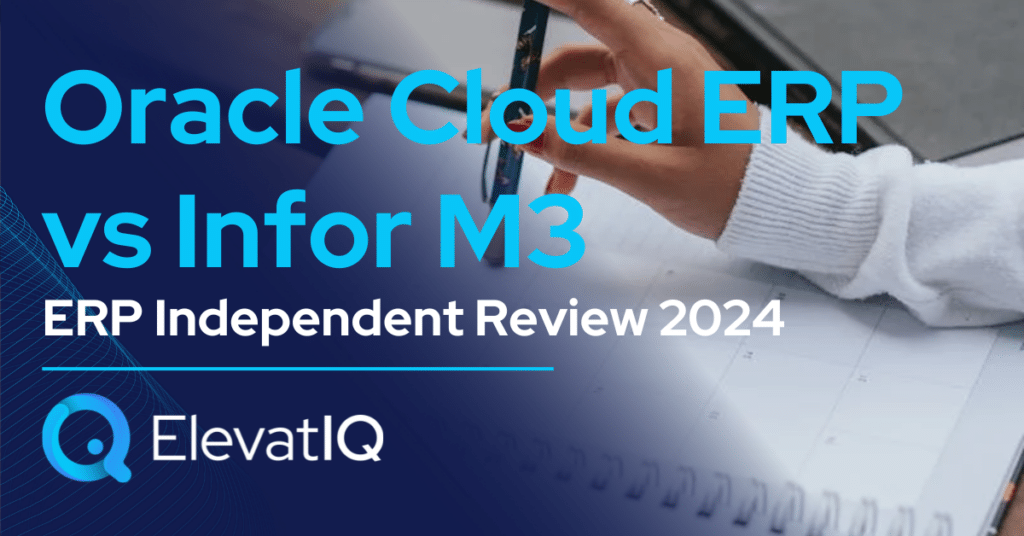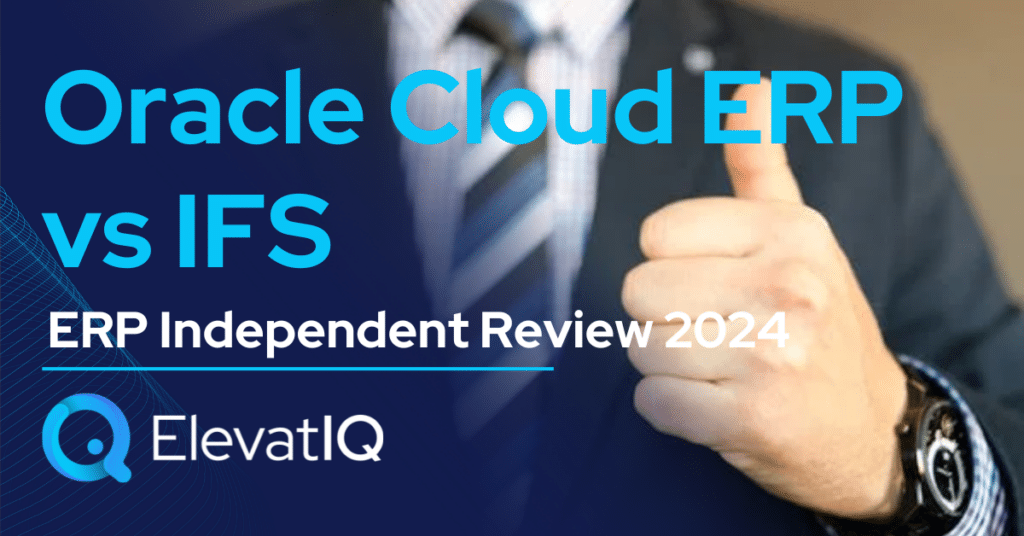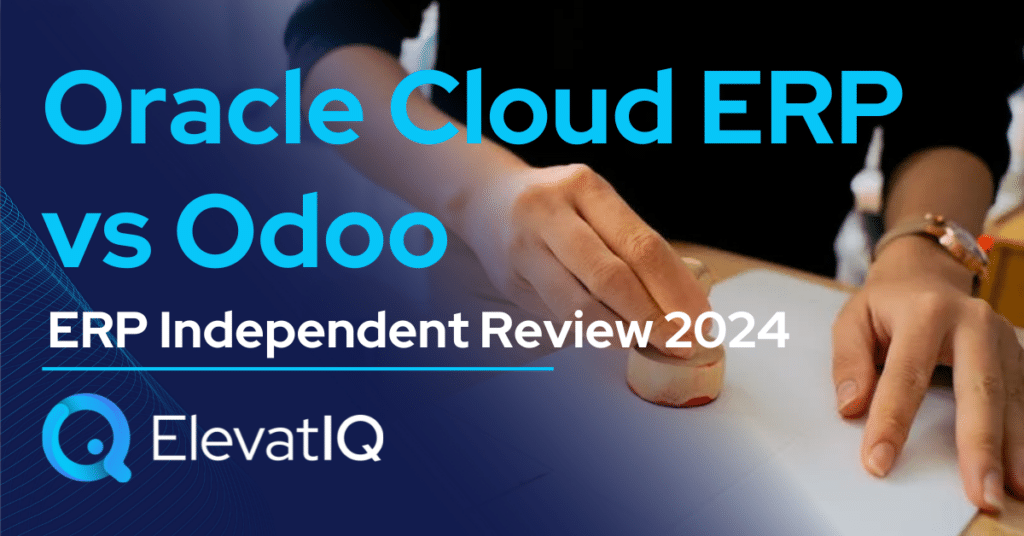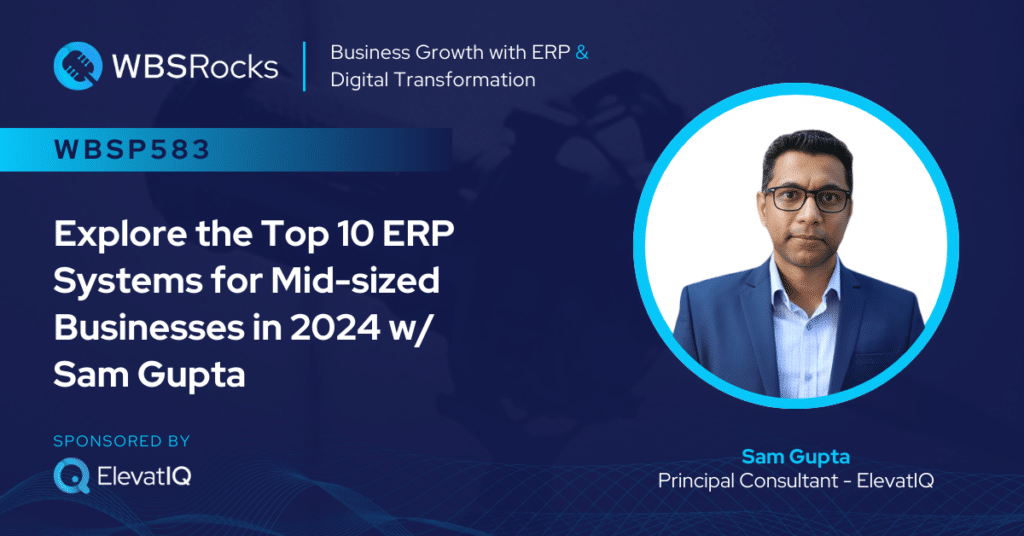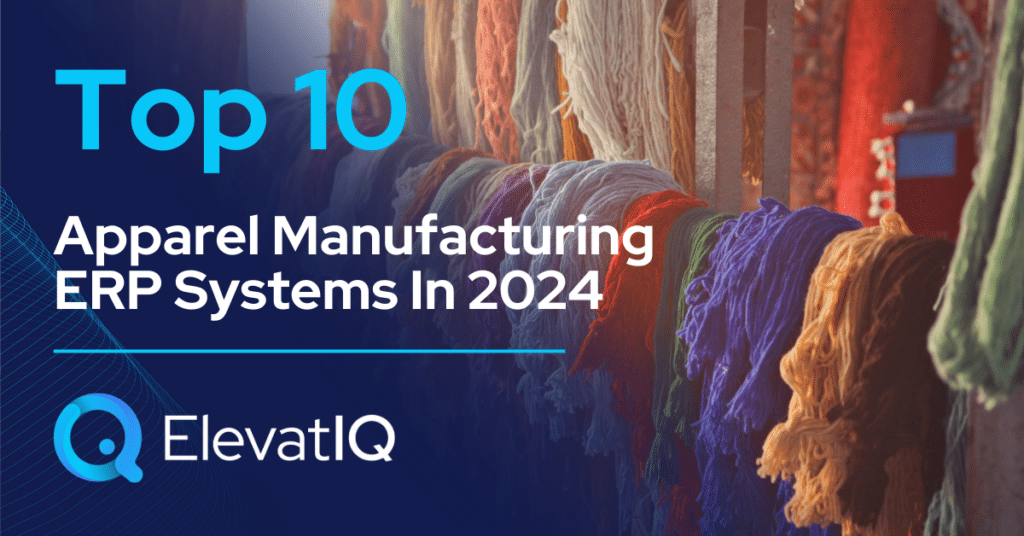Last Updated on March 17, 2025 by Sam Gupta
Non-profit organizations face ERP challenges distinct from inventory-centric businesses. Their diverse models, incorporating complex features such as membership types, grants, and intricate workflows, vary across verticals. Educational and healthcare non-profits, for instance, may necessitate different processes than city governments. Associations and membership communities also differ from foundations and elderly care groups.
Vanilla ERP systems lack native support for grant and fund accounting, posing a challenge for non-profits. Similar to publicly traded companies, non-profits face public reporting requirements for each grant and fund, but with a crucial distinction. While publicly traded companies report at the macro level, non-profits must segment and report based on the fund structure.

Each fund and grant often brings unique constraints, prohibiting resource sharing between competing funds or specifying usage for particular purposes, such as community or religious benefits. Compliance requirements, like The Patriot Act, may stipulate data residency, narrowing choices to US- or UK-hosted solutions. Non-profit-specific HCM and CRM packages are crucial for managing distinctive recruiting, training, and enablement workflows. However, custom development capabilities may be necessary to address unique needs within each micro-vertical of the non-profit sector, given its ever-changing business models. Curious about the leading non-profit ERP software in 2024? Let’s delve into the options.

Criteria
- Definition of a non-profit company. These are companies of any size in the non-profit ecosystem, such as cities, governments, schools, associations, foundations, charities, churches, charitable subsidiaries of large corporations, etc.
- Overall market share/# of customers. The higher the market share among non-profit companies, the higher it ranks on our list.
- Ownership/funding. The more committed the management to the product roadmap for the non-profit companies, the higher it ranks on our list.
- Quality of development. The more cloud-native capabilities, the higher it ranks on our list.
- Community/Ecosystem. The larger the community with a heavy presence from non-profit companies, the higher it ranks on our list.
- Depth of native functionality for specific industries. The deeper the publisher-owned out-of-the-box functionality, the higher it ranks on our list.
- Quality of publicly available product documentation. The poorer the product documentation, the lower it ranks on our list.
- Non-profit company market share. The higher the focus on non-profit companies, the higher the ERP system ranks on our list.
- Ability to natively support diversified business models. The more diverse the product, the higher it ranks on our list.
- Acquisition strategy aligned with non-profit companies. The more aligned the acquisitions are with the non-profit companies, the higher it ranks on our list.
- User Reviews. The deeper the reviews from non-profit companies, the higher the score for a specific product.
- Must be an ERP product. It can’t be an edge product such as QuickBooks, Freshbooks, Xero, Zendesk, HubSpot, or Salesforce. It also can’t be an add-on owned by ISVs or VARs that sits on top of other accounting platforms.
10. Workday
Workday focuses on large non-profit organizations with substantial HCM requirements, making it an ideal choice for those already using or contemplating Workday as their HCM solution. However, it may not be the best fit for companies seeking suite-centric offerings with deep operational capabilities, particularly for managing workflows for members, students, and donors. Workday retains its position as a compelling option as a non-profit ERP, securing the #10 spot.
Strengths
- Strong HCM and CPM Capabilities. Pre-integrated and Pre-baked. Workday has one of the strongest HCM products in the market, with deep workflows for hire-to-retire, training, and talent forecasting. The CPM capabilities are also tailored for service-centric organizations.
- Non-profit Accounting and PSA Capabilities Offered Out of the Box. Expect out-of-the-box capabilities for the fund and grant accounting along with PSA capabilities. The most important capabilities required for non-profit verticals.
- Designed to Handle Enterprise Workloads. Workday has been proven with installations where the HCM and financial ledger might process millions of journal entries per hour, often a requirement for Fortune 500 accounts.
Weaknesses
- Weak Financial Capabilities. Workday’s financial capabilities might not be as robust as SAP, Oracle, or Sage Intacct as of today in the areas of ASC606 compliance, subscription-based revenue recognition, or multi-element allocations.
- Limited Install Base for the Finance Module. Most of the Workday installations are still limited to HCM and Adaptive planning. So it might not be the best fit for deeper finance capabilities.
- Might not Have Operational Capabilities for Niche Non-profit Sectors. The operational capabilities for niche non-profit sectors such as membership organizations or cities requiring integration with specific databases or CRM might be limiting.
9. FinancialForce/Certinia
FinancialForce caters to mid-to-large non-profit organizations, making it an excellent choice for those using or contemplating Salesforce as their CRM solution. However, it may not be the optimal fit for companies seeking suite-centric offerings with pre-integrated P2P and HCM capabilities. It maintains its position at #9, with a consistent ranking from the previous year, reflecting limited momentum in its portfolio as a non-profit ERP.
Strengths
- Salesforce Look and Feel. The biggest advantage of FinancialForce is the Salesforce look and feel throughout the suite. The same developers that can support Salesforce must be able to support FinancialForce as well.
- Deeply Integrated with Other Salesforce Products Such as Communities and CRM. The integration with the Salesforce offerings and the ecosystem is one of the biggest pluses for FinancialForce.
- Non-profit Accounting and PSA Capabilities Offered Out of the Box. Expect non-profit accounting capabilities and one of the strongest PSA modules with skillset-based scheduling and forecasting out of the box.
Weaknesses
- Limited Install Base. The install base for FinancialForce is significantly limiting. Not even close to other systems on this list.
- Ecosystem and Community. The community and ecosystem are not as prolific. While the Salesforce talent can support the technical needs, they would lack the business consulting and financial expertise required to be successful with the product.
- The Financial Workflows Might not be as Intuitive for Financial Leaders. The Salesforce look and feel might not be intuitive for finance leaders, who might not be comfortable seeing things such as the edit or delete button right by the posted journal entries.
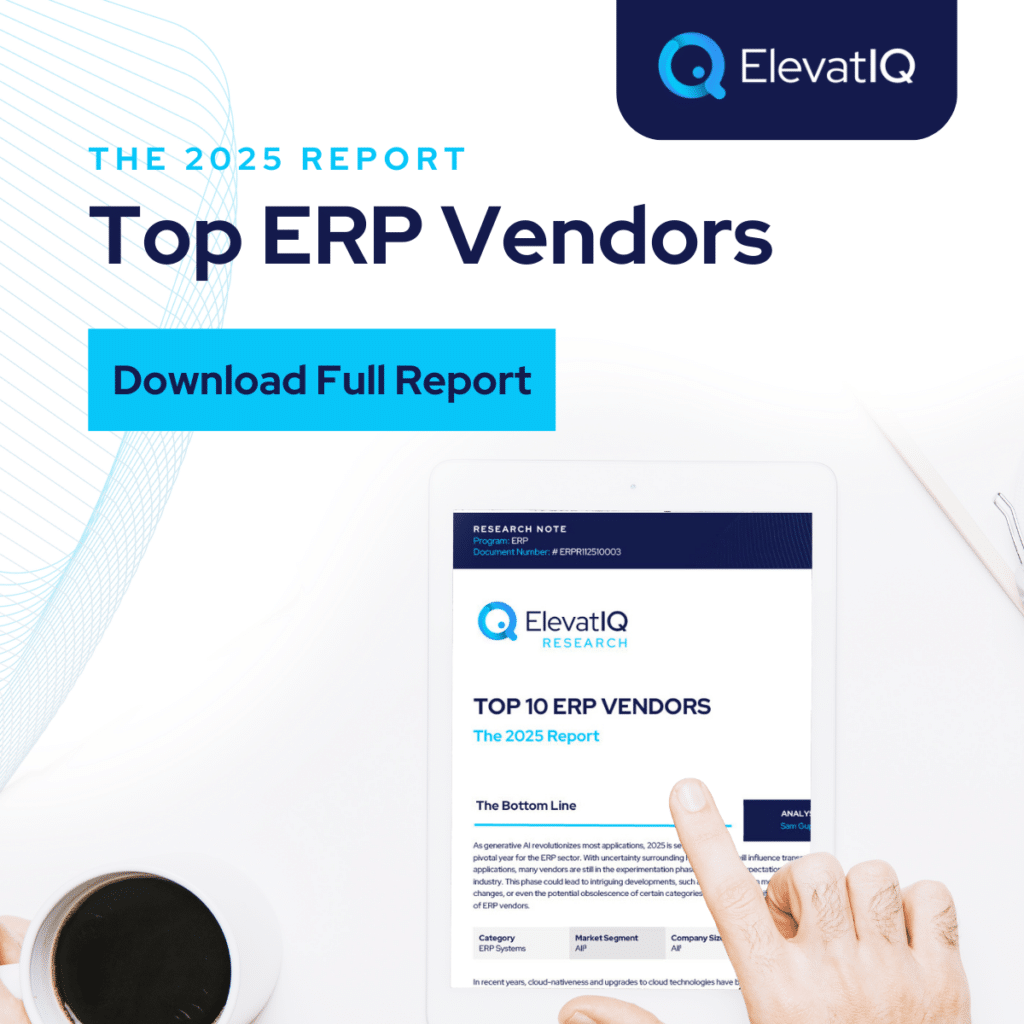
8. Blackbaud
Blackbaud focuses on SMB non-profit organizations seeking suite-centric solutions. It’s perfect for those outgrowing QuickBooks and desiring suite-centric offerings with minimal expertise needed for data mapping. However, it may not be suitable for medium-to-large companies aiming to streamline operations for inorganic growth or consolidate disparate datasets. Despite its technology lagging behind in cloud adoption, Blackbaud maintains its #8 ranking as a non-profit ERP on this list.
Strengths
- Deep Operational Functionality with Tailored Capabilities for Specific Non-profit Micro-verticals. Expect capabilities such as pre-integrated and pre-configured student and teacher workflows tailored for specific micro-verticals, generally requiring significant development effort on other solutions.
- Non-profit Accounting Provided Out of the Box. While the accounting capabilities might not be as deep with ASC606 compliance or multi-element accounting, grant, and fund accounting capabilities are offered out of the box.
- Might not Require As Much Customization and Configuration as Other Larger Offerings. The data and workflows may be tailored to your micro-industry, not requiring as much consulting expertise as with other vanilla solutions.
Weaknesses
- The Reliability of the Infrastructure for Larger Workloads. Blackbaud has recently experienced an outage with its infrastructure, making it less reliable than other solutions running mission-critical and larger workloads than Blackbaud.
- Not Designed for Larger Companies with Multiple Entities. Consolidations, multi-entity accounting, and dimensional reporting might be a challenge for larger non-profits.
- Ability to Handle larger workloads. Blackbaud is great for companies outgrowing QuickBooks but may not be the best fit for companies with thousands of employees, members, etc., requiring financial control and financially integrated processes.
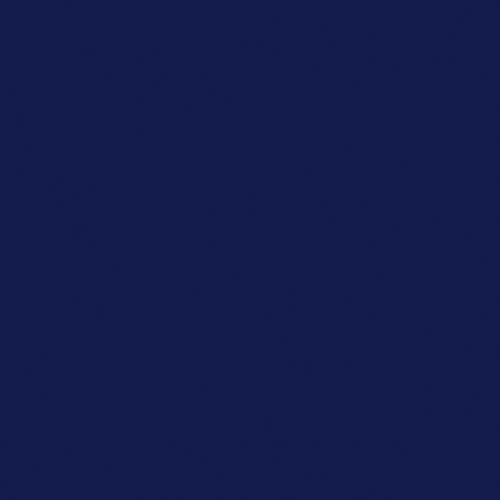
7. SAP S/4 HANA
SAP S/4 HANA is designed for large non-profit organizations requiring the processing of millions of transactions and the capability to host multiple countries and business models with significant collaboration. It may not be the ideal choice for companies outgrowing smaller ERP systems or QuickBooks due to the IT maturity required for implementation. If you’re a large non-profit organization or a publicly traded entity aiming to consolidate global subsidiaries in one system, SAP S/4 HANA is the perfect solution. Thus, securing the #7 position on our list of non-profit ERP systems.
Strengths
- Non-profit Accounting and PSA Capabilities Provided Out of the Box. Expect a non-profit accounting package including grant and fund reporting with a PSA tailored for non-profit-centric organizations and skill-based scheduling.
- Best of Breed Capabilities Pre-integrated. The best-of-breed software, such as Concur, SuccessFactors, and CRM, are pre-integrated with SAP S/4 HANA, a pre-baked integration with the potential to save millions of dollars.
- HANA and Financial Traceability for Large, Global Organizations. Because of the power of HANA, SAP S/4 HANA can process very complex transactions with visual traceability across entities, along with end-to-end traceability, auditability, and approvals of SOX compliance workflows.
Weaknesses
- Non-profit CRM and Membership Capabilities. It might require extensive customization or configuration to enable non-profit workflows.
- Best-of-breed Pre-built Integration Options May be Limited. The marketplace options are limited for non-profits, with the best-of-breed options requiring substantial translations to be successful with the product, driving consulting dollars and experienced internal IT resources with several ERP implementations under their belt.
- Overwhelming for Smaller Organizations. The data model is designed for large, complex organizations, overwhelming for smaller non-profit organizations, outgrowing QuickBooks, or smaller ERP systems.

6. Oracle Cloud ERP
Oracle Cloud ERP is designed to meet the needs of large non-profit organizations seeking extensive global financial capabilities. However, it may not be the optimal choice for smaller non-profits that are outgrowing compact ERP or accounting systems and require suite-centric offerings but lack substantial internal IT expertise. If you are a sizable, global non-profit organization focused on financial and procurement functionalities, along with an integrated and customizable HCM tailored for service-centric industries, Oracle Cloud ERP is the perfect solution. Thus, it holds the #6 position on our list of non-profit ERP systems.
Strengths
- Designed for Large Non-profit Organizations. The embedded HCM and CRM processes are suitable for large non-profit organizations. The P2P workflows are friendlier for the indirect procurement needs of non-profit organizations.
- Native Capabilities for Grant and Fund Accounting. Expect native capabilities for grant and fund accounting provided as part of the package with very robust budget planning tools pre-integrated and pre-populated, easily merged with external datasets.
- Embedded HCM and PSA Processes. Expect HCM and PSA to be fully immersed with the ERP, as well as grant and fund compliance processes.
Weaknesses
- Non-profit CRM and Membership Capabilities. While Oracle Cloud ERP might support the needs of membership from the perspective of finance and ASC606, the operational capabilities would require translation of data and process model, requiring expensive consulting and internal IT expertise.
- Best-of-breed Pre-built Integrated Options May be Limited. Expect substantial efforts in integrating non-profit-specific CRMs and tools, as options may be limited for specific non-profit organizations.
- Overwhelming for Smaller Organizations. The data model and translations required to be successful with the product may be too overwhelming for companies outgrowing QuickBooks or other smaller ERP systems.
5. NetSuite
NetSuite caters to SMB non-profit organizations with operations spanning multiple countries, making it an ideal choice for those with diverse business models, such as schools with campus stores or healthcare organizations with warehouses. Additionally, NetSuite can serve as an excellent tier 2 solution for non-profit subsidiaries of larger corporations. Given these strengths, NetSuite holds the #5 spot on our list of non-profit ERP systems.
Strengths
- In-built Package with Fund and Grant Accounting Capabilities Offered out of the box. Expect native capabilities for grant and fund accounting provided as part of the package with very robust budget planning tools for SMB non-profit companies pre-integrated and pre-populated, easily merged with external datasets.
- Marketplace and Ecosystem. Vibrant marketplaces and ecosystems, with tons of pre-baked integrations and add-ons available for diverse business models.
- Ideal for Global Companies Growing Through M&A. Supports several diverse and global business models out of the box, making it ideal for companies part of the private equity portfolio and growing through M&A.
Weaknesses
- Experience Not as Intuitive for Finance Leaders. While financial auditability and multi-dimensional reporting are built as part of the system, the experience may not be as intuitive as other solutions tailored for non-profit finance users.
- Multi-entity Accounting Not as Straight Forward for Finance Leaders. While multi-entity accounting is supported by the ability to host multiple entries in hundreds of countries in one database, the multi-entity capabilities are not as intuitive for finance users.
- Unnecessary Bloatedness of the Product-centric Capabilities Not as Relevant for the Non-profit. While the product-centric capabilities could be a huge plus for large organizations, the data model may have unnecessary layers that might not be relevant for nonprofit organizations.
4. Microsoft Dynamics 365 Business Central
Microsoft Dynamics 365 Business Central is tailored for SMB non-profit organizations with specialized capabilities in grant and fund accounting, along with a PSA module designed for professional services. It’s perfect for global non-profit SMBs operating in multiple countries. However, it may not be the ideal choice for mid-to-large companies dealing with extensive journal entries and long-standing transactions. If you seek global financial capabilities and can invest in consultants for data translation, change management, and workflow customization, consider Microsoft Dynamics 365 Business Central. Given its strength, it ranks at #4 on our list of non-profit ERP systems.
Strengths
- Designed for Global Companies. Natively supports global regions and localizations. Ideal fit for countries where the other suite-centric solutions, such as Blackbaud, Unit4, or FinancialForce, might not be present.
- Non-profit Accounting and PSA Capabilities Provided Out of the Box. Expect a non-profit accounting package including grant and fund reporting with a PSA tailored for non-profit-centric organizations and skill-based scheduling.
- Marketplace and Ecosystem. Augments core capabilities with a very vibrant marketplace, supporting diverse business models such as rental, membership, or church-specific operations management software.
Weaknesses
- Financial Traceability and SOX Compliance. It might not be the most Intuitive for finance leaders. The financial traceability may not be as intuitive as SAP for global, publicly traded non-profit companies.
- Technical Focus and Limited Business Consulting Expertise in the Microsoft Ecosystem. The ecosystem has technical companies but with limited business consulting experience, which might drive over-customization and overengineering of Microsoft products, ultimately leading to implementation failure.
- Limited Microsoft Support for Smaller Partners. Unlike other ERP companies, Microsoft doesn’t offer any support or control to its smaller partners, leading to implementation issues because of the limited control over its channel.
3. Microsoft Dynamics 365 Finance & Operations
Microsoft Dynamics 365 Finance & Operations stands out as one of the most comprehensive cloud solutions, offering built-in support for various business models through its non-profit accounting package and pre-configured PSA module. It is well-suited for global non-profits operating in multiple countries. However, it may not be the best fit for smaller companies with revenue under $250 million, outgrowing QuickBooks or other compact ERP systems. Microsoft Dynamics 365 Finance & Operations is a strong non-profit ERP solution, securing the #3 spot on our list.
Strengths
- Designed for Large Organizations. Ideal for large, global companies with complex business models operating in multiple countries.
- Non-profit Accounting Package Capabilities Offered Out of the Box. Embedded non-profit accounting capabilities offered out of the box, supporting complex fund allocations, reporting, budgeting, and scheduling.
- Data Center Options and Data Locations of Choice Might be Available in Most Countries. With the backing of Azure, complying with regulations such as the Patriots act may be easier.
Weaknesses
- It may not be the best fit for publicly traded companies. The traceability requirements for publicly traded companies might not be as intuitive as the other ERP solutions designed from the CFO’s perspective.
- The CRM Might Not be the Most Friendly for Non-profit Organizations. The Microsoft CRM might not be the most fluid for non-profit organizations, with the tightness of the data model designed primarily to support product-centric organizations. Extending existing business objects would require developer support or an add-on.
- Overwhelming for Smaller Organizations. Companies under $250M in revenue or outgrowing smaller ERP or accounting systems such as QuickBooks might struggle because of the data modeling and translation expertise required.

2. Sage Intacct
Sage Intacct commands a significant market share in the non-profit sector, offering marketplaces and pre-baked integrations tailored to various micro-verticals. It excels for service-centric SMB organizations in non-profit, SaaS, healthcare, and financial services. However, it may not be the ideal choice for diverse organizations or those undergoing M&A, where evolving business models could pose challenges. Additionally, non-profit subsidiaries of large corporations may find Sage Intacct struggling to accommodate the parent entity’s diverse business model. Sage Intacct is a strong choice for specific non-profit scenarios, particularly within service-centric SMBs. Thus, securing its rank at #2 on this list of non-profit ERP systems.
Strengths
- Deep Non-profit specific last-mile capabilities. Sage Intacct has one of the strongest non-profit-centric capabilities, including fund and grants accounting, pre-populated KPIs, and reports.
- Globalized and Localized in over 120 countries. Sage Intacct can natively support multi-entity collaboration features of over 120 countries.
- Salesforce, HR, and Marketplace Integrations for the Non-profit Sector. Salesforce and payroll integrations are owned and maintained by Sage, ensuring the quality of development.
Weaknesses
- May Require Subscriptions for Best-of-breed CRMs. Primarily an accounting solution. So the solution doesn’t have any CRM capabilities at all. As well as limited supply chain capabilities, even for indirect procurement. Non-profit and healthcare organizations needing inventory and warehouse capabilities might struggle with the solution.
- Will Require Consulting Expertise Compared to Other Smaller Systems. While Sage Intacct is designed for maximum audibility and compliance, the added layers would require consulting expertise and internal IT maturity to be successful with the product.
- Too Many Moving Pieces During Implementation. While the integration required for Brightpearl, ADP, and Salesforce is supported by Sage, there will be multiple parties involved during the implementation, with all of them pulling architecture and design decisions in their direction, increasing the implementation failure risk.
1. Unit4
Unit4 focuses on medium-to-large non-profit organizations seeking suite-centric capabilities, making it an ideal choice for large universities and schools with deep operational workflows supported out of the box. Organizations outgrowing QuickBooks or planning inorganic growth through M&A don’t find it the best fit. If you are a mid-to-large non-profit in search of a tailored, suite-centric alternative to SAP S/4 HANA or Oracle Cloud ERP, Unit4 is a great solution, claiming the #1 position on our list.
Strengths
- Strong HCM and Indirect Procurement Capabilities Pre-integrated and Pre-baked. Tailored to educational institutes and non-profits.
- Non-profit Accounting and PSA Capabilities Offered Out of the Box. The non-profit package includes native capabilities for the fund and grant capabilities with a strong PSA module to manage resources and projects.
- Designed to Handle Global Enterprise Workloads. The unit4 solution has two versions, one for large enterprises and another for mid-market. It has been proven with one of the largest non-profit institutes looking for a tailored replacement for SAP S/4 HANA or Oracle Cloud ERP.
Weaknesses
- Legacy Solution. While the solution has been rearchitected for the cloud, it’s a legacy solution. So, the user and mobile experience might not be as great as other options born in the cloud.
- Limited Install Base in North America. Primarily a European solution with a very limited presence and ecosystem in North America. So, you might struggle to find consulting companies and marketplace add-ons focused on the North American market.
- It might be too overwhelming for smaller organizations. Due to the data translation and mapping required for the enterprises, smaller companies outgrowing Quickbooks or smaller ERP systems might find it to be overwhelming.
Final Words
Non-profit organizations have unique needs, encompassing specialized accounting requirements that accommodate the constraints of funds and grants, as well as custom workflows demanding flexibility through custom development. Stringent data privacy requirements further limit options to those compliant with specific country or state mandates.
Implementing a vanilla ERP for non-profits can be risky and costly, involving custom development and error-prone add-ons. When evaluating ERP systems, avoid being overwhelmed by generalized features. This list is designed to simplify your options for non-profit ERP systems. For success, consult with an independent ERP consultant who can offer tailored insights based on your organization’s distinct requirements.



